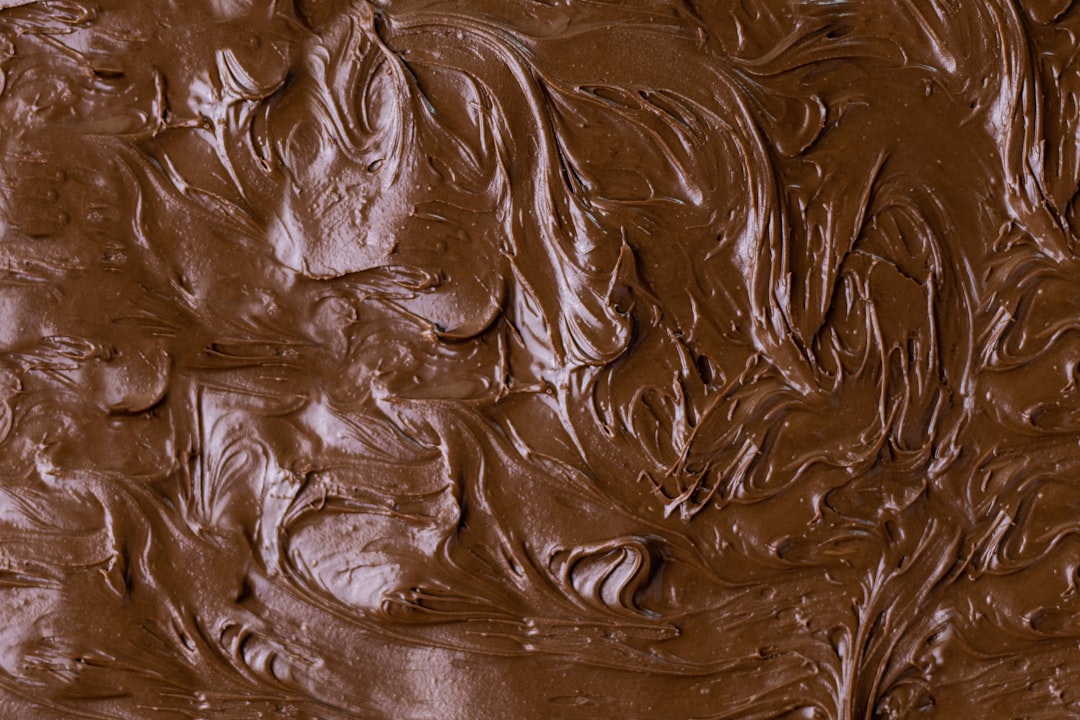What is it about?
The effects of flour treatment methods, including with glucose oxidase (GOX), lipoxygenase (LOX), xylanase and heating for 1 h at 37 °C (HEAT), on protein aggregation during the flour maturation were investigated. GOX has strong oxidising effects; LOX not only oxidises, but also may affect unsaturated fatty acids; xylanase degrades sugar molecules; HEAT can accelerate the thermal motion of molecules. Data analysis after treatment with GOX, LOX, xylanase and HEAT revealed that the glutenin macropolymer content increased by 0.43%, 0.87%, 0.39% and 0.62%, and the median size of the sample (D50) increased by 1.56, 1.64, 0.52 and 0.74 lm, respectively. In addition, the proportion of a random coil and b-sheet increased and that of a-helix and b-turns decreased, while the polymeric protein content increased. This study contributes to our understanding of the protein changes during flour maturation and helps to predict the quality of wheat flour.
Featured Image

Photo by Elle Hughes on Unsplash
Why is it important?
It is necessary to develop and evaluate methods for accelerating flour maturation and to examine the degree of flour maturation at the protein level. Furthermore, the underlying interactions between maturation methods and protein matrix should be investigated to further understand the factors that induce rheological property changes.
Perspectives
This study has advanced our understanding of the changes occurring during wheat flour maturation and preliminarily evaluated the methods for accelerating flour maturation, providing a reference for the accurate quantification of the maturation degree of wheat in the future.
Sen Ma
Henan University of Technology
Read the Original
This page is a summary of: Effect of different treatment methods on protein aggregation characteristics in wheat flour maturation, International Journal of Food Science & Technology, November 2019, Wiley,
DOI: 10.1111/ijfs.14447.
You can read the full text:
Contributors
The following have contributed to this page










